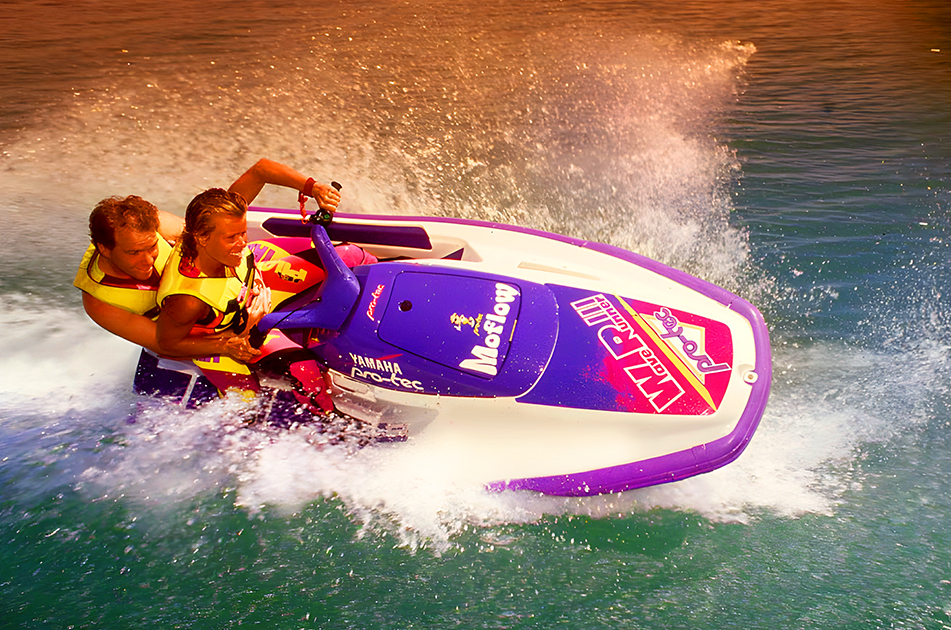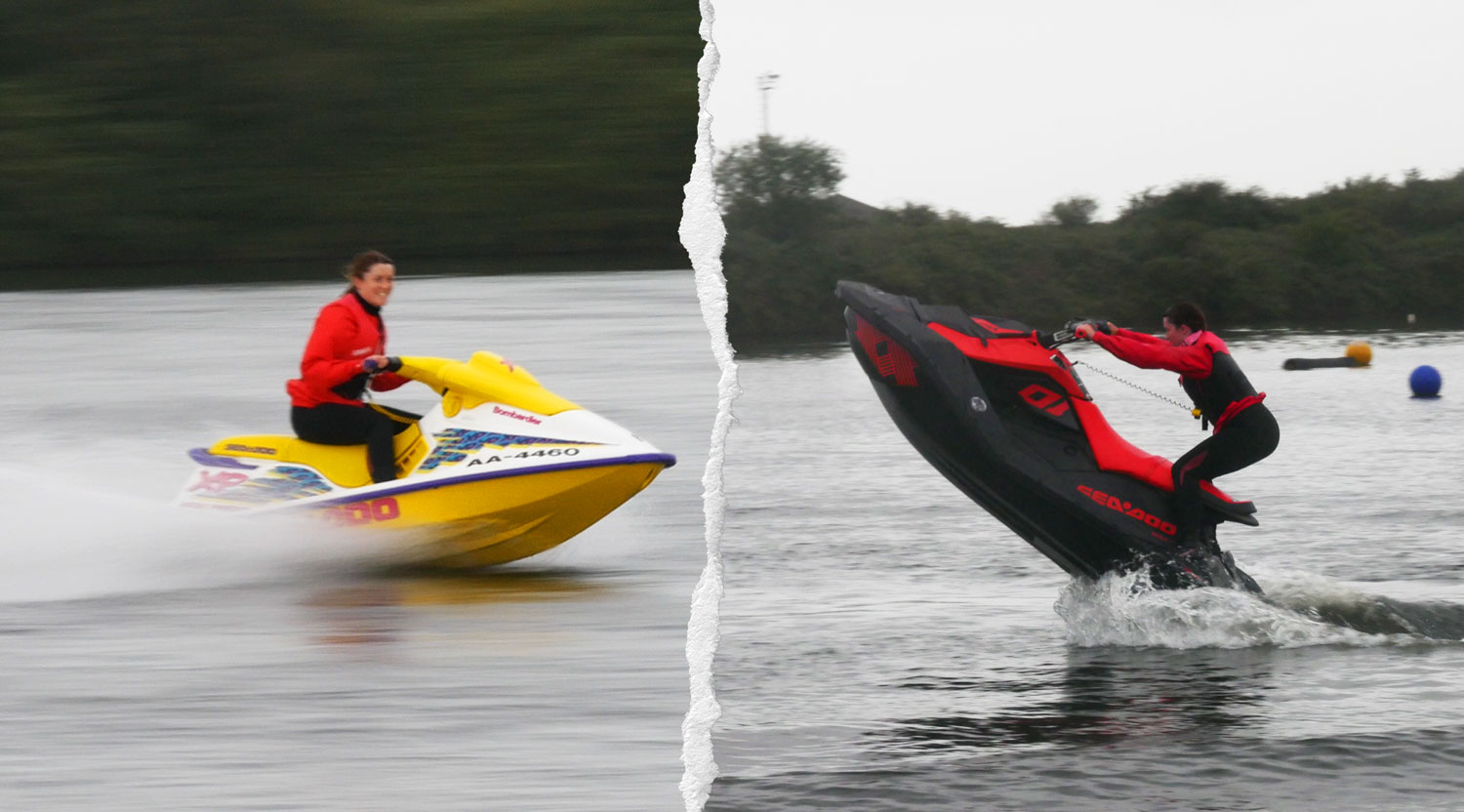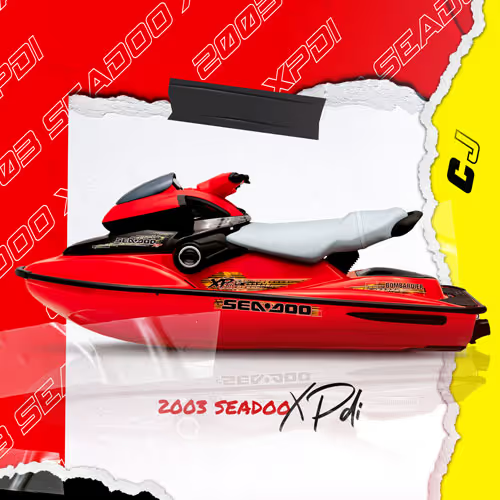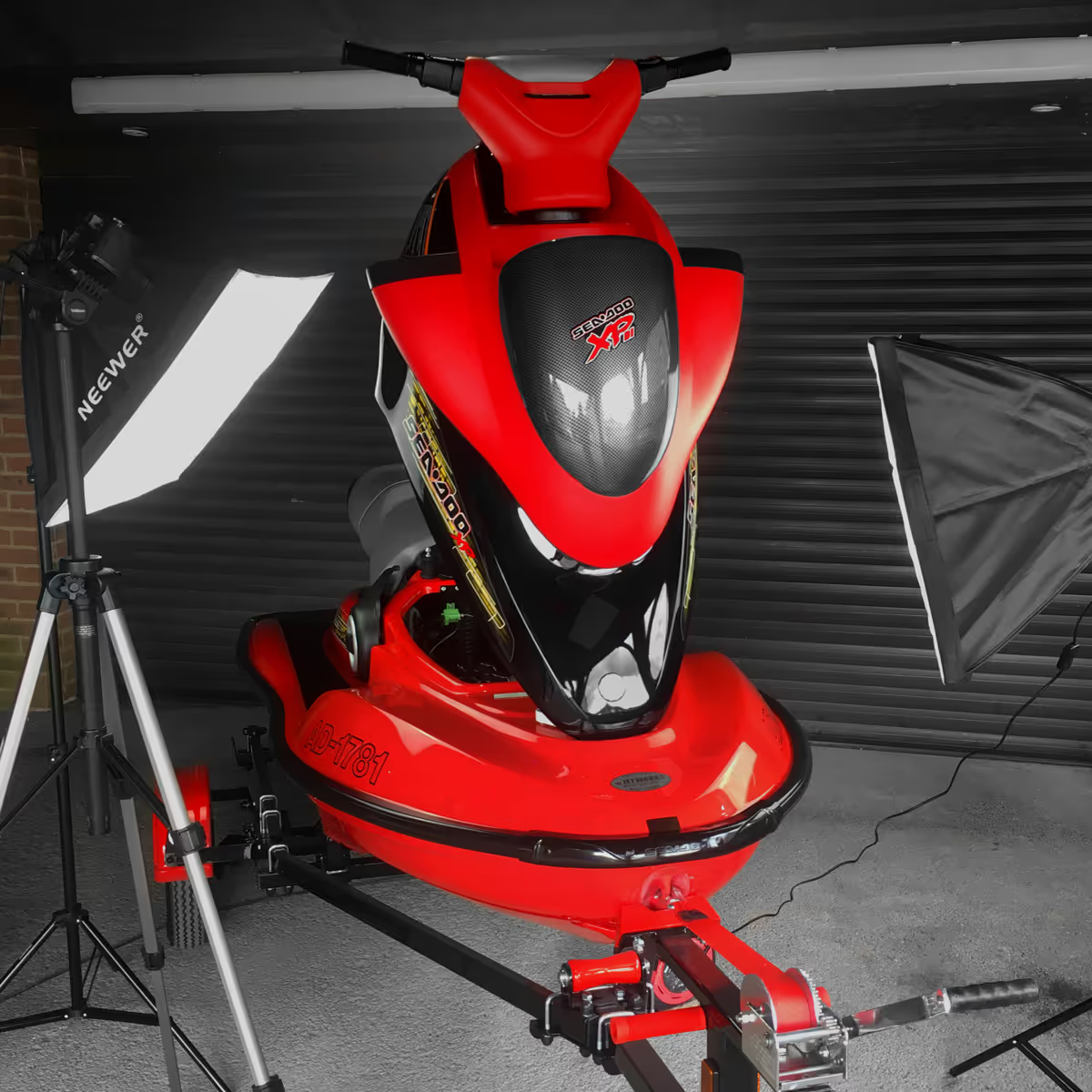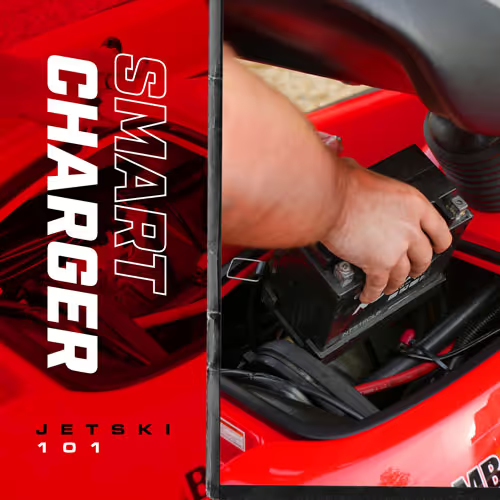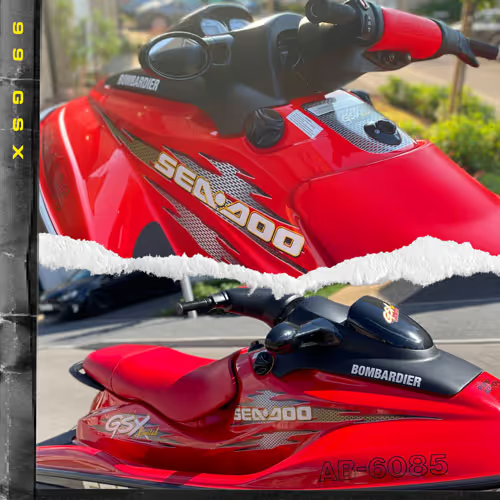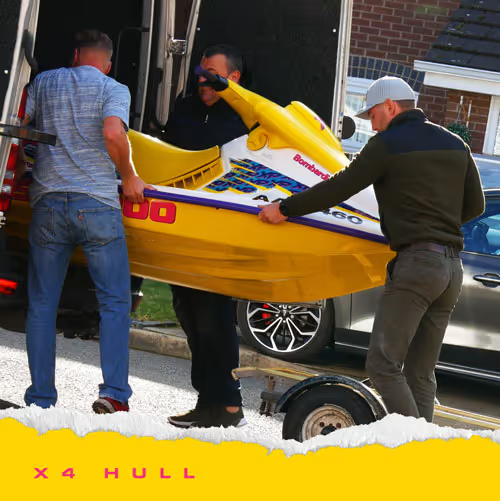Honest Thoughts on Modern Day PWC: A Millennial's Perspective on the Evolution of the Sport
Modern personal watercraft (PWCs) have evolved from the lightweight, agile 2-strokes of the '90s to heavier, luxury-focused 4-stroke models. While today’s machines offer impressive technology and reliability, they often lack the playful connection and simplicity that once defined the sport. The In this blog I highlight classics like the 1996 Sea-Doo XP 787 as a perfect example of accessible fun and urge manufacturers to prioritize affordability and riding enjoyment over luxury to keep the spirit of PWC alive for future generations.
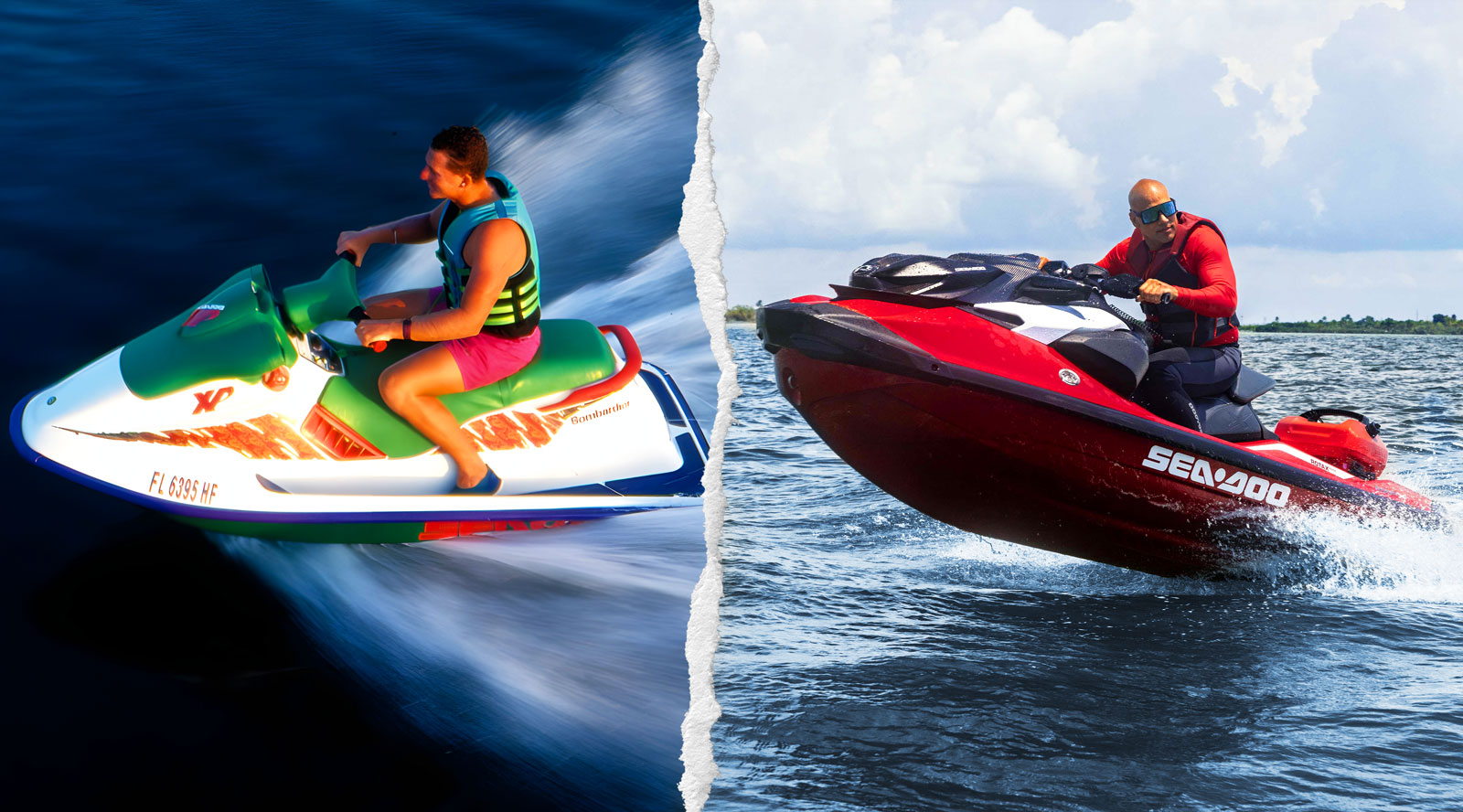

Important Context
Let me start by laying my cards on the table: I'm 31, born in '93, and while I didn't experience the golden age of PWCs firsthand, I've spent countless hours riding, researching, and diving deep into what made those machines so special. My education comes from a combination of teenage riding experiences and an almost obsessive dedication to understanding the history and engineering of these machines.
The Evolution of Performance
When we compare old and new, it's not as simple as "2-stroke good, 4-stroke bad." The evolution has been more nuanced than that. Those old 2-strokes weren't just about raw numbers – they delivered something that's harder to quantify: a connection between rider and machine that felt almost telepathic. The instant throttle response, the lightweight nimbleness, the way you could throw these machines around like they were extensions of your body – that was the magic.
Over the years, my stance on modern personal watercraft has evolved, particularly regarding 4-strokes and the trend toward larger, more luxurious machines. When I say "modern," I'm talking about the shift that's transformed our sport from its playful roots into something... different. Something that sometimes feels like it's lost touch with what made PWCs special in the first place.
My love for jet skis was forged in the era of lightweight, nimble 2-strokes. These weren't just watercraft – they were pure joy machines. The 90s, in particular, represented the perfect balance of accessibility, performance, and most importantly, fun. Ask anyone who lived through the PWC glory days of the 80s and 90s, and they'll tell you – that was the high-water mark for our sport.
Take the legendary 1996 SeaDoo XP 787, for example. Here was a machine that perfectly embodied what PWCs should be: lightweight, responsive, and most importantly, attainable for the average enthusiast. The beauty of the 787 wasn't just in its specs – though 110 HP in a sub-400 lb package is still impressive today. It was in how all those numbers translated into pure, unadulterated fun on the water. It wasn't trying to be a luxury yacht; it was built for the pure joy of riding.
The Modern Dilemma
Recently, I've been forced to broaden my horizons, mainly because my better half, Meg, wants to explore further offshore. This led me to the SeaDoo Spark sitting in my garage – arguably the closest thing we have to those playful platforms of old. While it's not quite an XP (especially not the 787), it at least tries to capture that original spirit with its lightweight design and focus on agility over raw power.
But here's where things get concerning. Step outside the realm of the Spark or Yamaha JetBlaster, and you enter a different world entirely – one that I believe has strayed from the core values of what PWCs should represent. Modern flagship models have become increasingly disconnected from the water, and here's why: those extra 400+ pounds of weight don't just show up on the spec sheet – they fundamentally change how the craft behaves. That added mass means you're fighting physics instead of working with it. The beautiful thing about those old 2-strokes was how they'd skip across the water like a stone, responding to the subtlest shift in weight or throttle input. Try that on a modern 800+ pound machine, and you'll quickly understand what we've lost.
And let's talk about throttle response – something that's been sacrificed at the altar of emissions and fuel efficiency. Modern electronic throttle control systems, while precise, introduce a subtle but noticeable delay between input and action. It's milliseconds, sure, but that's exactly what made those direct-cable 2-strokes feel so alive. Every twitch of your thumb translated instantly into movement. That immediate connection between rider and machine is something today's ride-by-wire systems just can't replicate, no matter how many riding modes they offer.
The complexity of modern PWCs brings another hidden cost: repairability. Those old 2-strokes were relatively simple machines. With basic mechanical knowledge and a service manual, you could handle most maintenance yourself. Try that with a modern PWC, and you'll face a maze of sensors, complicated electrical systems, and components that require specialized diagnostic tools just to understand what's wrong. This isn't just about cost – it's about the connection between rider and machine. There was something special about understanding every aspect of your craft, being able to tune and maintain it yourself.
The Performance vs. Price Paradox
Yes, machines like the RXP 325 and RXTX 325 are incredible. The technology is impressive, and the performance numbers are mind-blowing. But here's the uncomfortable truth: with price tags pushing $30,000, we've transformed what was once an accessible sport into a luxury hobby for those with significant disposable income.
The real issue isn't just the price – it's what we're getting for that money. Sure, modern PWCs are more reliable, more efficient, and packed with features. But at what cost? These machines have become so focused on straight-line stability and comfort that they've lost that playful character that made PWCs special. The addition of super compliant hull designs, while easier to ride, has sanitized the experience. Remember when riding a PWC was about developing skill, about learning to work with the machine's characteristics rather than having a computer & hull manage everything for you?
Finding Balance in Today's Market
Don't get me wrong – I'm not against progress. The reliability of 4-strokes is undeniable, and some modern features genuinely enhance the experience. The Spark and JetBlaster prove you can build a modern PWC that maintains the spirit of fun without breaking the bank. They show there's still hope for keeping the authentic PWC experience alive.
But the industry's overall direction concerns me. When base models cost more than many used cars, we're excluding the next generation of riders – the very people who should be falling in love with this sport just like I did in my teens and 20s. The engineering achievements are impressive, but they've come at the cost of accessibility and simplicity.
Looking Forward
The solution isn't necessarily to return to 2-strokes (though I wouldn't complain). Instead, manufacturers need to remember what made PWCs special in the first place: accessible fun on the water. We need more options that prioritize the riding experience over luxury features – machines that focus on the fundamentals of what makes PWC riding so addictive.
Until manufacturers find that sweet spot between modern technology and pure riding enjoyment, I'll keep maintaining my collection of "Classic Jetski" machines and appreciating my Spark for what it is – a reminder that sometimes, less really is more.
But hey, that's just my perspective as someone who's seen this sport evolve over the decades. What do you think? Has the pursuit of luxury and performance come at too high a cost? Or am I just resistant to change?
The PWC industry stands at a crossroads. While the technology and capabilities of modern machines are impressive, we risk losing the essence of what made this sport great – the pure, simple joy of riding. The next generation of riders deserves the same opportunity we had: to experience the thrill of PWC ownership without needing a second mortgage.
In my humble opinion the safest way to bypass all this modern noise is to simply Keep The Classics Alive!


